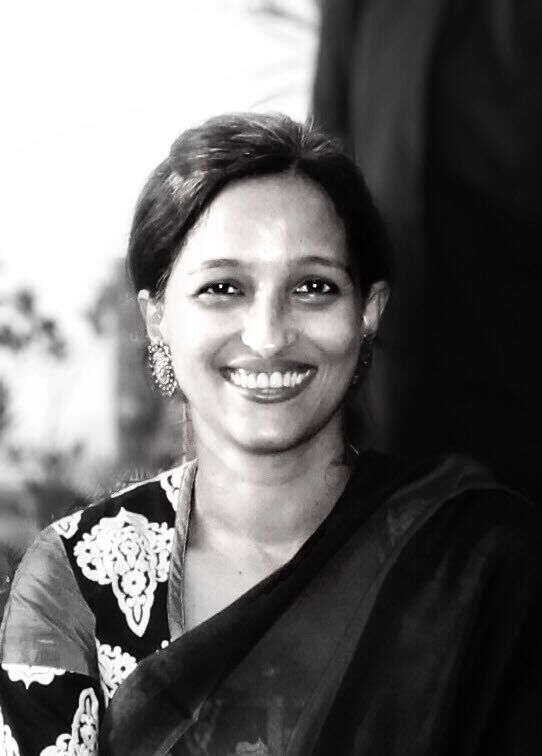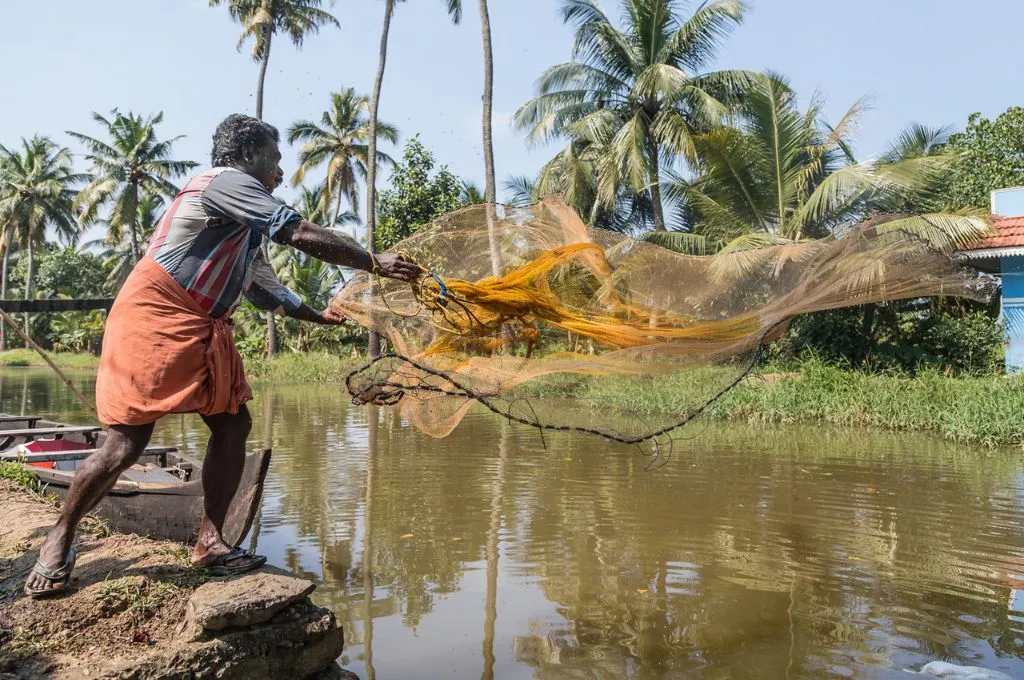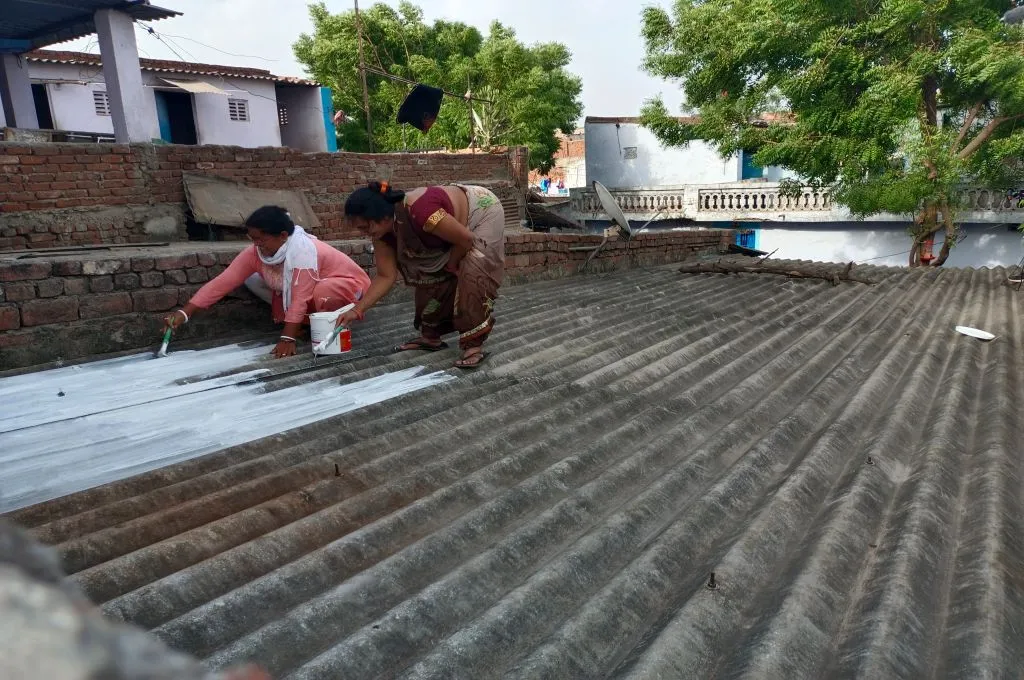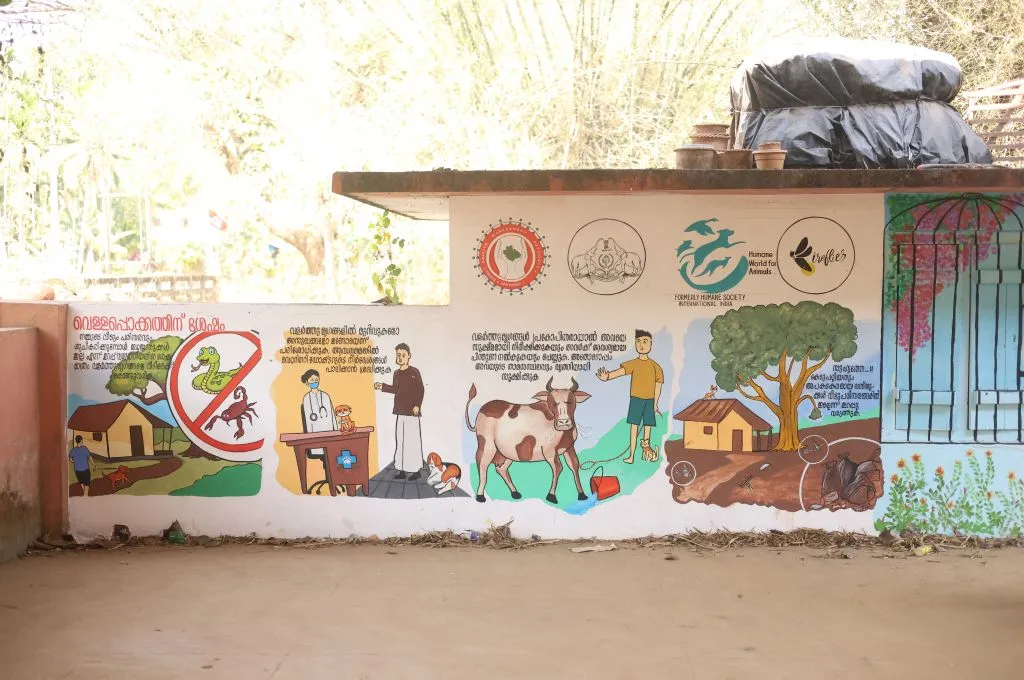A Padma Bhushan awardee, Dr Kirit Parikh has played a key role in shaping India’s public policies over the past five decades. He has been a member of the economic advisory councils of five Indian prime ministers and also of the Planning Commission during Prime Minister Manmohan Singh’s tenure.
Dr Kirit has been closely involved with India’s energy and climate policy, and is well regarded for his pioneering work on climate both at a national as well as global level. He is the chairman of Integrated Research and Action for Development (IRADe), an independent nonprofit think tank that has been working on climate research and low-carbon pathways in India.
In this interview with IDR, he talks about his journey from civil engineering to public policy, the climate emergency, and why coordinated efforts at the global and national levels are crucial to face this challenge.
Can you tell us a little about your childhood and early influences?
I grew up in Ahmedabad at a time when India’s freedom struggle was at its peak. I was seven years old during the 1942 Quit India Movement, and my school was shut for close to a year because most of the teachers were in jail for months. In school, our teachers often talked to us about the Gandhian values of sarvadharmasambhav (equal respect for all religions), ahimsa, sarvodaya, the evils of untouchability, and so on. We had multiple visitors who would come and address us in the school assembly every morning. Sometimes classes would be suspended because the visitor was so interesting. At home too, my father was indirectly involved with the freedom struggle and wore only khadi. In many ways, all of this had quite a lasting influence on me.

After my 10th grade exams, in which I stood fifth across the board of Gujarat and Maharashtra, our school principal came to my house and asked me about my future plans. Those were the days of India’s first Five-Year Plan. The idea of building dams, roads, and bridges, and contributing to the development of independent India seemed exciting. I said ‘engineering’. He responded, “All bright students are going for engineering and medicine, but the country also needs economists. Why not study economics?” But I went on to get my BE degree from L D College of Engineering in Ahmedabad. After I graduated, I went to IIT Kharagpur to pursue a master’s degree in structural engineering, post which I went to Massachusetts Institute of Technology (MIT) in the USA to do my PhD in civil engineering.
MIT really allowed me to expand my field of study. I was offered a research assistantship at their computer centre, and became an expert in computer programming during my time there. MIT also allowed me to take courses on almost any subject, and I enrolled for many different courses such as architecture and appreciation of Western music. Additionally, I started taking courses in economic theory, macro and micro economics, and development. By the time I finished my PhD, I had enough credits to get a master’s degree in economics. I followed that up with a small thesis on benefit-cost analysis of biogas plants in India.
After MIT, I had two job offers—one from Boeing, and the other from the MIT Center for International Studies to work on planning models for India. I picked the latter, and this proved to be a turning point in my career. The team at the centre included Louis Lefeber, Sukhamoy Chakravarty, Richard Eckaus, and me. Indian data was used to explore various development strategy options for India. This led to a book that Richard and I wrote on India’s third and fourth Five-Year Plans called Planning for Growth, published by MIT Press. That is how I started my journey as an economist.
After my work at the MIT Center for International Studies, I was offered a job as a professor of economics at the Planning Unit of the Indian Statistical Institute, New Delhi.

You’ve clearly dabbled in various fields—civil engineering, computer programming, and economics. How did you start working on climate change? What has that journey looked like?
It was my time at MIT that taught me how to quickly switch from one discipline to another. But energy policy was something I was already interested in from very early on. In fact, from 1969 to 1972, I was involved with India’s energy policy when I worked at the Department of Atomic Energy. Nuclear energy was a buzzword at the time, and everyone thought that it was the next big thing in energy. Dr Vikram Sarabhai and I even presented several papers on the impact of nuclear power on developing nations. However, shortly after, the Limits to Growth study was published, which put a huge question mark on the hype surrounding nuclear energy.

My shift to climate change was also driven by the increasing attention that environmental issues were drawing in India and globally. The then prime minister, Indira Gandhi, was deeply connected with various environmental concerns. In 1971, she set up the first National Committee on Environmental Planning and Coordination (NEPC), an advisory body to the government that looked at the environmental impacts of various development projects, of which I was a member. I was also part of a committee set up in the late 1980s under M S Swaminathan—more popularly known as the Father of the Green Revolution—where we drew attention to the need to assess and value the economic losses caused by environmental degradation.
It was around this time, in 1986, that the then RBI governor, C Rangarajan, invited my wife, Dr Jyoti Parikh, and me to set up an independent development research institute in Mumbai. And so we started the Indira Gandhi Institute of Development Research (IGIDR), one of India’s first independent research institutes that looked at development research from a multidisciplinary lens. From macroeconomics and industrial organisation to human resources development, energy systems, and environmental issues, the institute offered research programmes across various disciplines.
Fast-forward a couple of years to 1992 at the Rio Earth Summit, where IGIDR was asked by the UN secretariat organising the summit to prepare a background note on environmental stressors and the factors leading to climate change. This was a landmark moment. With my colleagues, Jyoti, and others, I presented a paper to the UN Secretariat. The paper highlighted that it was the consumption patterns of developed nations that were primarily responsible for the rapidly changing climate, and not the growing population of emerging countries—20 percent of the population comprising industrialised nations was consuming 80 percent of the world’s resources. Hence, they were responsible for most of the pollution and emissions in the world.
At the Rio Earth Summit the concept of common but differentiated responsibility was highlighted in the United Nations Framework Convention on Climate Change.
At the same time, Anil Agarwal and Sunita Narain at the Centre for Science and Environment (CSE) released a report called Global Warming in an Unequal World. This report too argued that developed countries were responsible for the bulk of climate change and that the responsibility could not solely rest on developing nations. It was, in fact, at the 1992 Rio Earth Summit that the concept of common but differentiated responsibility was officially highlighted in the United Nations Framework Convention on Climate Change.
So all of these ideas came together during that time and helped my transition in working on India’s climate policy.
You’ve been working in this space for close to five decades. And this concept of common but differentiated responsibility is still something we’re talking about in global forums on climate change. Have we made any progress from when you started working in climate action up until now?
In terms of the global climate policy, we have made very little progress. Global warming takes place not from annual emissions of countries, but from the cumulative stock of emissions in the global atmosphere. Think of it as a parking space where you’ve parked your car. You need to pay a parking fee from the time you started parking your car there—the elapsed time. Similarly, countries should have to pay from the time they started generating emissions.
So if we were to tax countries on their emissions, we should do so on their cumulative emissions from 1990 when the preparations for the Rio summit started. (Since that summit, no country can claim that it was ignorant of the threat of climate change). If they pay even USD 1 per ton per year as parking fee, it can generate a significant sum of money, which can help contain these emissions and provide finance to developing countries for mitigation and compensation for the loss and damage they suffer.
The first major step towards this came at COP 21 in Paris, where it was acknowledged that developed countries need to financially aid developing countries when it comes to climate action. However, this was deemed a voluntary action, and not mandatory. Hence, there is no way of penalising countries that don’t curtail emissions or do not contribute to this climate fund. As a result, there has been little progress on this front, and the promise by industrialised countries to raise USD 100 billion a year from 2020 onwards has not been fulfilled.
It’s like in our Hindi movies where there is a wealthy and powerful zamindar who persecutes everyone, and nobody can do anything about it. As the audience, we know that he’s not going to change voluntarily. This is the reality of these wealthy-country emitters—they don’t want to change, and they’re always putting the blame on India.
Even if you look at the most recent COP 26 in Glasgow, there was a disproportionate focus on coal and its contribution to global emissions. What no one talks about is that if you take just the combined emissions from oil and gas, they contribute far more to greenhouse gas emissions than coal.
As opposed to ‘phasing down’, which was the terminology that was finally agreed upon at COP 26, the ‘phasing out’ of coal, or a total shutdown of coal plants can have huge repercussions for India.
The political reality globally is that we have not seen much official action, except for some promises.
As a country we are still largely dependent on coal power, and it provides livelihoods for many. Even though there is talk that renewable plants can generate more employment, at present it doesn’t hold true for countries like India. Renewables generate more employment in countries such as the USA that don’t have to expand their electrical capacity significantly. Hence, building incremental renewable power plants generates employment. But in India, instead of building a coal plant, if we were to build a renewable plant, the loss of employment in coal will be higher than new employment we can generate in a renewable power plant.
The political reality globally is that we have not seen much official action, except for some promises. And while some countries are taking strong measures, such as Europe, India, and even China, other developed countries must do more.
What has changed?
Something that has shifted for the better is the public’s, especially the younger generation’s, perception of the climate emergency even in developed nations. People are now much more aware of the threat, and of the fact that their future is hanging in the balance. And that countries must work together to curb the temperature rise.
As part of IRADe, we first suggested a strategy for carbon capture and storage way back in 2005.
At the same time, there has also been a generational shift in the global corporate leadership. This has resulted in businesses becoming aware of their carbon footprint and the part they can play in climate action. This is progress but it’s mostly in voluntary action, not in a global coordinated action, which is the need of the hour.
At the government’s end, there has been some movement too. As part of IRADe—an independent nonprofit think tank that Jyoti and I set up in 2002—we first suggested a strategy for carbon capture and storage way back in 2005. The idea was to invest in developing technology that would help capture and store excess carbon so that burning coal doesn’t add to the global environmental burden. However, it is only now, in 2022, that NITI Ayog has released a policy framework for carbon capture in India.
Over a career spanning almost five decades, you’ve seen so many governments, and so many policies come through. What does the future hold for the country as we tackle the global climate crisis?
There is a lot I have seen over the course of my career. I have been a member of the economic advisory councils of five prime ministers of India, and of the Planning Commission during Prime Minister Manmohan Singh’s time. Be it Rajiv Gandhi, V P Singh, Chandra Shekhar, P V Narasimha Rao, Atal Bihari Vajpayee, or Dr Singh, I have interacted with all of them, and I am fortunate to have contributed to some of the policies that helped shape India as it was emerging post Independence. While we deal with one of the biggest global crises of climate change, I think as a country we need to focus a lot more on the tech side of things. We have made some good progress but we need to work on carbon capture and storage, develop cheaper substitutes for lithium-ion batteries, and so on in order to become truly independent.
Moreover, we can’t address the current crisis without looking at our own lifestyles. The problem is that even if people want to switch to climate-friendly actions such as public transport, cycling or walking, or efficient energy consumption, it isn’t possible because the infrastructure in most cities doesn’t support the shift. In such a situation, governments need to ensure that they can enable citizens to switch to more sustainable methods, and citizens must exercise their rights and ask for more facilities. This is the only way we can get ahead of the climate emergency, if at all.
—
Know more
- Read this article to learn more about why ‘phasing out’ coal is difficult for developing countries like India.
- Listen to this podcast to learn how the climate crisis is affecting jobs in India.






